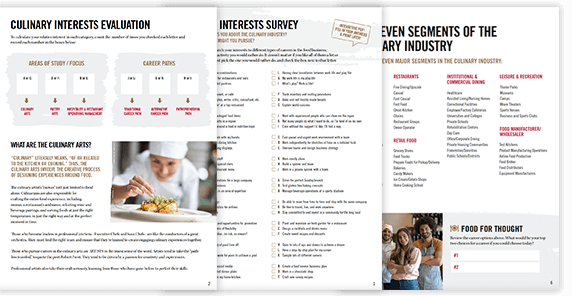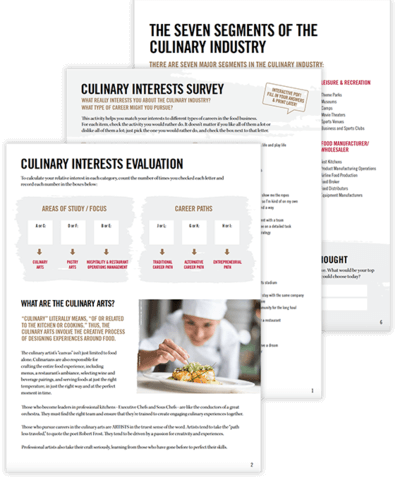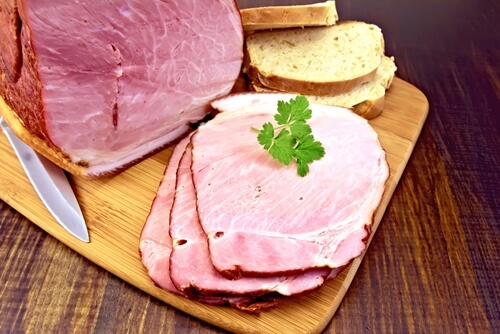Dry vs. Wet: How To Cure Any Cut Of Meat
Long before the invention of refrigerators, people cured their meat as a means of preserving it. This approach involves prolonging the lifespan of meat by reducing moisture and bacteria. Though not as common as it once was, curing is still practiced across the world, renowned for benefits both in preserving flavors and promoting good health.
There are effectively two kinds of methods to curing: dry and wet. Some chefs will even experiment with a combination of the two. Each method has its own benefits, and the choice mostly comes down to personal preference.
Dry method
As its name might apply, this method uses salt as a means of drying out the meat and keeping bacteria from forming. In fact, according to a report by the USDA, salt can hinder bacteria growth by as much as 97 percent. However, it’s not mere table salt being used, as there are a few specific mixtures upon which most chefs rely:
- The first mixture features table salt and sodium nitrite, a yellowish crystal known for helping prevent botulism. It’s best for meats with a short curing time, like turkey.
- The second mixture features table salt, sodium nitrite and sodium nitrate, which is highly water soluble. Better for meats with longer curing time, like ham.
- Finally there is basic saltpeter, which has been used since the Middle Ages.
There are downsides to the dry method, though: As the BBC reported, studies have found that nitrites have carcinogenic tendencies.
Meats then need to be refrigerated for a certain amount of time. For instance, pork legs need to cure for 15 to 30 days between 4 and eight degrees Celsius, while smaller pieces of meat – like bacon or steak – need up to 10 days at 10 degrees Celsius.
Culinary & Pastry Career Survey
Culinary & Pastry Career Survey
What's your ideal culinary career? Answer 20 simple questions and see if your dream career gets revealed to you.

We’ve compiled of all of the essential questions into one handy guide: Career options, description of skill requirements, and more!


Wet curing
This process does away with rubs in favor of water as a lubricating agent. The two most popular mixtures are brine – basic salt and water – and sweet pickle, in which sugar is added to the mix. Some recipes will even add in other seasonings, like thyme, rosemary and garlic. Regardless, there are two approaches when it comes to wet curing:
- Submersion – Here, the meat is skinned and then weighed down in a concoction for up to a week. It’s also a method that requires less effort than dry curing.
- Injections – There are special tools that will allow for the curing mixture to be injected directly into the meat itself. Many chefs prefer this method as it allows them to bypass barriers like the skin and muscles.
Some chefs find that while dry curing is easier, some flavors are not quite as bold as with dry curing.
Wet curing allows the chef to perfectly control the amount of humidity the meat is exposed to, which avoids further putrefaction. However, it’s worth noting that wet curing is best for smaller cuts of meat, as larger hams may require up to six weeks of submersion.


